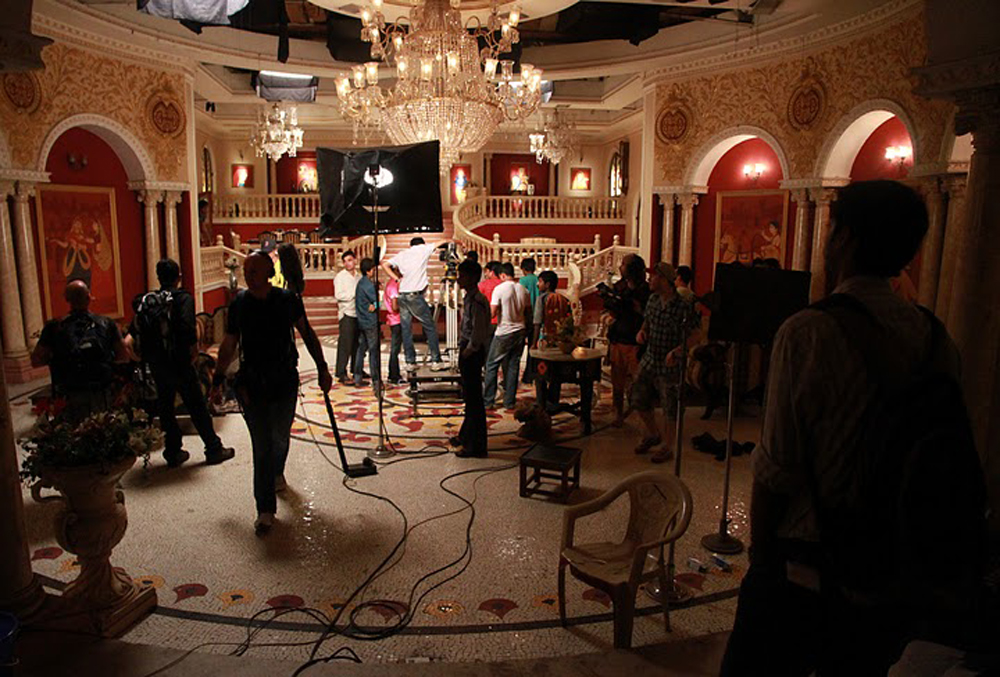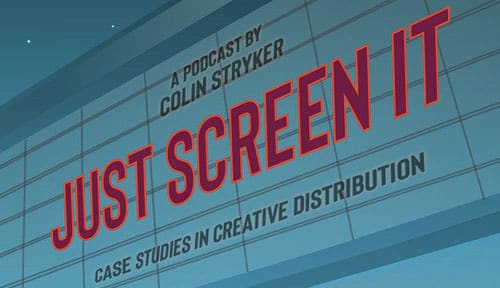
ARTICLE: Covering Your Ass Explained
Reading Between the Lines of Your Production Insurance Coverage Options
:: by Josh Folan :: 1/30/19 ::
One of the more confusing and opaque aspects of the film production landscape, just like anywhere else in life, is insurance. In the interest of clearing up some of that opacity, this article is going to take you through a hypothetical production insurance policy and the various coverages that comprise it, as well as cite real-world examples of situations where those coverages would apply.
- General
Liability
- Defined: The foundation upon which all production policies are built, it is a required companion coverage necessary to obtain most all other forms. It covers bodily injury to people not involved with the production, and property damage that occurs, while filming. Usually required by municipalities as part of the shooting permit application process.
- Numbers: Customarily issued in multiples of $1M in claim coverage, with both the individual occurrence and aggregate coverages defined – e.g. a $1M/$2M general liability policy would mean you are covered up to $1M per claim, with the total coverage being up to $2M cumulative over the life of the policy.
- Example: You are shooting on the beach. A frazzled production assistant accidentally (hopefully) backs the sprinter van into the support stilts of a lifeguard tower, causing it to topple down onto the van. The unsuspecting Baywatch Hasselhoff perched atop it injures his leg in the fall. You will be on the hook for the property damage to the tower, as well as the medical, and any other associated costs, of the injury to said lifeguard. Assuming your general liability policy has coverage defined as that in the bullet point above, and as long as neither claim is in excess of $1M and the cumulative costs do not exceed $2M, your policy should cover the mishap of your now favorite PA.
- Inland
Marine:
- Defined: rented and owned equipment coverage. Camera, grip and lighting gear, as well as props, set design materials and wardrobe, all fall under this umbrella. Most any rental house will either require this coverage, usually far above and beyond the actual replacement cost of the rentals, or insist on holding a deposit equal to the full replacement costs of all equipment until it is returned and deemed in satisfactory condition.
- Numbers: Rental houses usually require at least $250k in coverage here, often $500k, to mitigate their individual risk. While this may sometimes seem asinine, requiring six-figure coverage for a $50 seemingly-homemade hi hat, they do this because odds are you are renting numerous things from numerous places, and they don’t want to be the one rental house left out in the cold if your whole inventory burns up in a fire or something akin and your cumulative equipment coverage gets burnt up with it prior to them getting their money.
- Example: Everyone is scrambling to pack up the equipment truck so you can make your second company move of the day (why did I say yes when my AD asked to schedule two company moves in a day?!?) and this means that all hands are on deck, grabbing things and rushing them over to the grip that is packing things professionally and responsibly into the back of said truck. A case of camera lenses, valued at around $11k, is not yet fully packed and closed up by the AC tending to it, and your favorite PA from the lifeguard tower incident grabs it without noticing that fact…and thousand-dollar lenses fly out of it as he stands there in horror, the pelican case flapping open at his side, while overpriced glass shatters all around him. You will be charged the full cost of the set whether they are all broken or not, because the rental house insists they can only be purchased as a full set, and inland marine coverage is why that will not (all – less the deductible) be out of your pocket.
- Third
Party Property Damage:
- Defined: This is a subset of inland marine coverage that specifically provides for the damage to, or destruction of, property of others while that property is “in the care, custody or control of the producer” – i.e. a location you have a rental agreement with. The coverage also can be applicable to losses suffered by the location while the location is unable to be used as intended, pending a repair or some other work necessary to return it to the condition it was in prior to the production’s damage to it. It does NOT cover any liability for damage occurring because of the operation of any form of motor vehicle.
- Numbers: Usually offered in multiples of $250k.
- Example: You rent a café to shoot in for a few hours, after the café closes for the evening. That PA is smoking a cigarette on the one fifteen minute break he’s given during the 15+ hours he inevitably will work on your shoot day. He’s in such a rush to go buy AA batteries at your request, for the sound mixer, as he’s finishing up the smoke, he chucks the still-lit cigarette butt behind a dumpster without looking. A puddle of cooking oil has amassed beneath that dumpster, which logically catches fire. By the time anyone notices the smoke and flames, the fire has spread through the building exterior and half the kitchen has burnt up. You will be on the hook for the damage, as well as the lost business the café suffers while the kitchen and exterior are repaired. Your insurance company hates you forever now, but does cover those costs because you paid the premium for this coverage. Have you thought about firing that PA yet?
- Workers’
Compensation:
- Defined: Should an employee, independent contractor or volunteer be injured while working for you, this covers medicals costs, loss of work or death benefits that result from the injury. SAG-AFTRA requires this of any production utilizing union actors, in addition to most states requiring it of any employer.
- Numbers: Starts at $1M in coverage.
- Example: Yep. That PA. Somehow still on set and employed, he was tasked with taping down a stinger with some gaffer’s tape and did, as one might expect, an atrocious job. Your lead actor tripped over it, chipped a tooth, and will now be suing you for both the repair of the tooth and the millions in Hollywood blockbuster film earnings he lost out on while waiting for the dental work. You might want to fire that PA.
- Auto
Coverage:
- Defined: Coverage to cover the things your employees damage while using automobiles, and the automobiles they were in control of while doing the damage.
- Numbers: Varies wildly.
- Example: No, your exhausted PA of destiny didn’t hit anything else while driving two actors (who were not already at the hospital) home in the 15-pass van after the shoot. You will, however, need this coverage for the damage to the sprinter van he backed into the lifeguard tower this morning. The day is over, it was a one-day shoot…I suppose you can’t really fire him now, can you?
#productioninsurance




